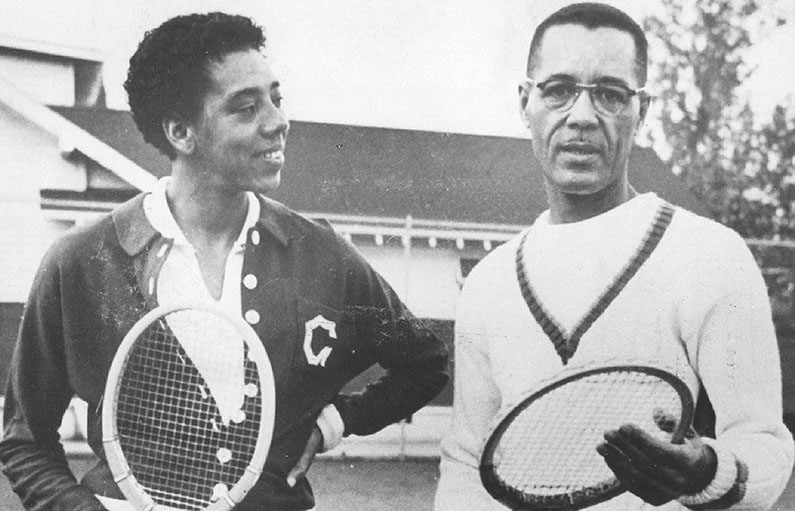
Dr. Hubert A. Eaton and Althea Gibson. Photo from the NHC Library Star News Collection, courtesy of One Love Tennis.
Two well-dressed physicians sat high in the bleachers during the 1945 American Tennis Association (ATA) National Championships focusing their attention, but not their eyes, on wiry Althea Gibson, who faced petite Roumania Peters in the women’s final at Central State University (Ohio). The whispered conversation between Dr. Robert Walter ‘Whirlwind’ Johnson of Lynchburg, Va., and Dr. Hubert A. Eaton, of Wilmington, NC. laid the groundwork that set 18-year-old Gibson on the path to greatness.
“Whirlwind said to me, ‘You know Hubert, I wish we could do something to help that girl, Althea,”’ Eaton said. “She’s a good tennis player, but she’s not going to amount to much, doing what she’s doing now, hanging around on the streets of New York.”
Undisciplined and erratic – both on and off the court – the two doctors were convinced that major changes in her playing style and personality were needed if she were to become a major talent. During that era, tennis was a sport played in whites mostly by whites.
Gibson was born in 1927 to Daniel and Anna Bell Gibson, who were sharecroppers on a South Carolina cotton farm. The family moved to Harlem, NY in the early 1930s. An admitted tomboy, she quit school at 13, mostly played stickball – an inner-city street game, using a broom stick and rubber ball. She also took boxing lessons from her father, hung out in pool rooms and played basketball before discovering tennis. She entered her first tournament at age 14 and at times, faced opponents with street-like intensity. “I kept wanting to fight the other player every time I started to lose a match,” she once said.
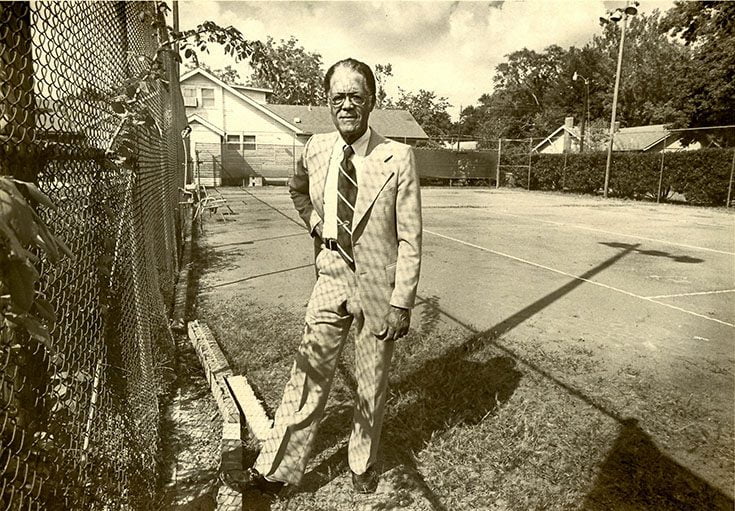
Dr. Hubert A. Eaton. Photo courtesy of One Love Tennis
Knowing that the two doctors were in the stands, Gibson showed little emotion while losing to Peters 6-4, 7-9, 6-3 in the women’s final at Central State. Her loss didn’t change the doctors desire to lend her a helping hand. “I tell you what,” said Eaton, turning to Whirlwind. “I don’t have anybody to practice with down in Wilmington, except Nate Jackson. If she’s willing to come, if her mother gives her permission, I’ll take her down to Wilmington to let her live with my family and let her finish high school. You keep her (in Lynchburg) during the summers and see to it that she gets to the tournaments. I have a little different practice than yours. I do obstetrics and surgery. I can’t be away for a long time like you.” Whirlwind’s response: “That sounds all right. I’d be willing to participate in something like that.” Immediately after the match, the doctors approached Althea at courtside and told her of their plan.
Eaton asked, “Are you interested?
“Who wouldn’t be interested in a deal like that?” Althea responded.
Under the doctors’ guidance, Gibson matured and prospered – as a player and a person. She won the ATA National Women’s title 10 consecutive years (1947-1956), and in 1950, became the first black to compete in the United States Lawn Tennis Association (USLTA) National Championships (now U.S. Open). ATA officials had fought for the acceptance of Gibson’s application several times before, but a scathing letter of support from Alice Marble, a four-time U.S. Open women’s champion, published in the American Lawn Tennis magazine, might have made the difference.
Marble wrote, “If tennis is a game for ladies and gentlemen, it’s also time we acted like gentle people and less like sanctimonious hypocrites. … The entrance of Negroes into national tennis is as inevitable as it has proven to be in baseball, in football and in boxing; there is no denying so much talent. Speaking for myself, I will be glad to help Althea in any way I can. … If I can give her an iota more of confidence by rooting my heart out from the gallery, she can take my word for it: I’ll be there.”
Unlike Whirlwind, who found tennis later in life, Eaton was a promising junior, winning the ATA National Boys 18 title at 16. Three years later, he won the Central Intercollegiate Athletic Association (CIAA) Champion, while attending Johnson C. Smith University.
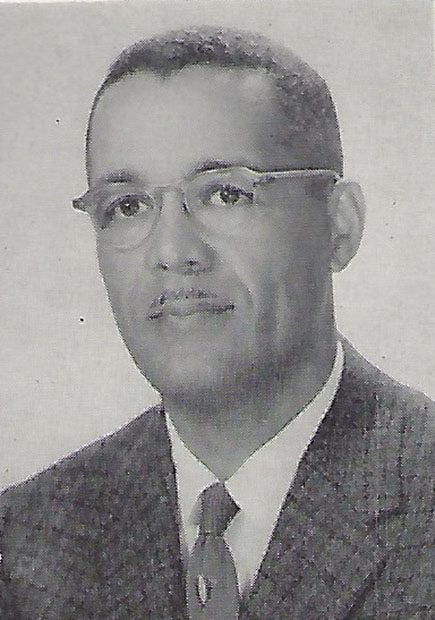
Dr. Hubert A. Eaton. Photo courtesy of One Love Tennis.
With Jim Crow laws barring blacks from competing on public courts in the South, the ATA turned to Historically Black Colleges and Universities (HBCUs) to host its adult and junior tournaments in southern cities. Social play in black communities was limited. Some black physicians and business professionals in southern states, built tennis courts in their backyards and organized their own tennis circuit. “We’d play in Durham, Raleigh and Smithfield, North Carolina and we’d come here to Wilmington,” said Eaton. “Whirlwind joined us when he learned about it. Those sessions with his fellow professionals became the highlight of his social life. He was delighted to have found this group of friends who shared his interest and enthusiasm for the sport.”
Eaton graduated from J.C. Smith (1937); earned his M.D. from the University of Michigan (1942) and became a civil rights activist on and off the court. He spearheaded moves in his hometown to desegregate Wilmington College (now UNC at Wilmington), the YMCA, the Municipal Golf Course and the County Library System. With Whirlwind’s support, Eaton was elected ATA president in 1960 and served for 10 consecutive years. Eaton helped strengthened the ATA’s junior development program, which founded by Whirlwind.
Nothing, however, pleased the two doctors more than the joy they shared in helping Gibson become a role model for youngsters, black and white. “When I was 13-years old, she became and remained one of my heroines,” said Billie Jean King. “It was an inspiration for me to watch her overcome adversity. Althea did a lot for people in tennis, but she did even more for people in general.”
After capturing her first Wimbledon title (1957), Gibson paid tribute to her two doctors at the Wimbledon ball, saying, “I remember particularly Dr. Robert W. Johnson and Dr. Hubert A. Eaton. It was in Dr. Eaton’s home, while completing high school that I received love and encouragement. It was through Dr. Johnson’s efforts and assistance that I was able to travel all over the United States and gain much needed experience.” The Harlem-bred Hall of Fame champion dedicated her first book, I Always Wanted to Be Somebody, to her two benefactors.
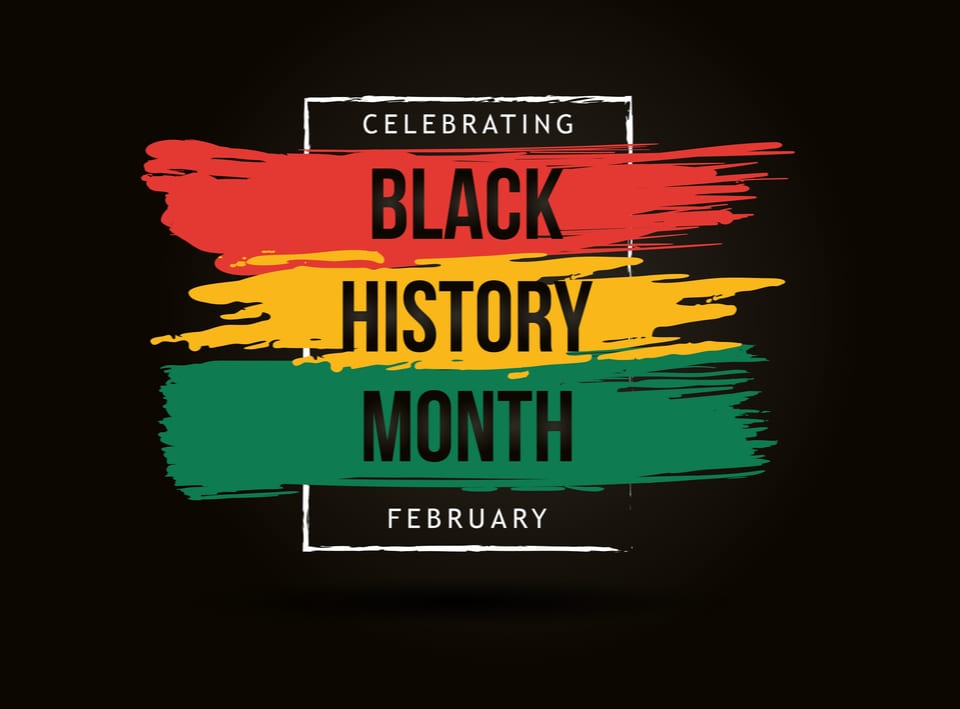
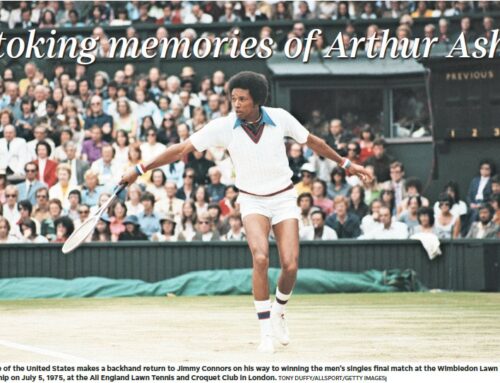
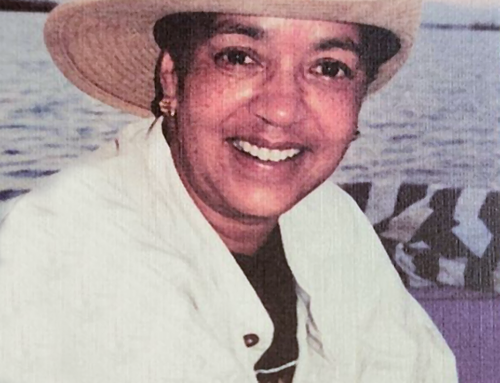
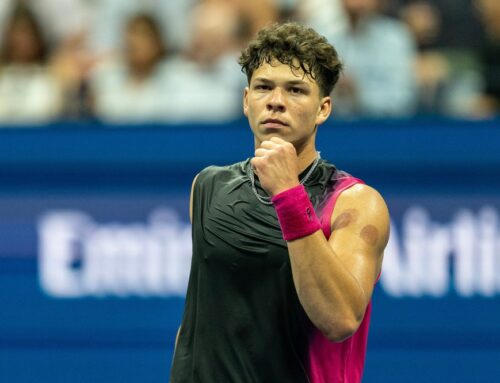
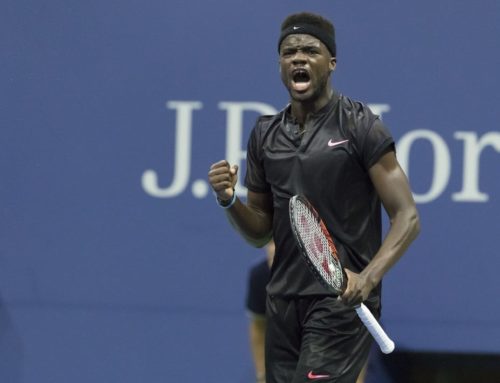
Leave A Comment